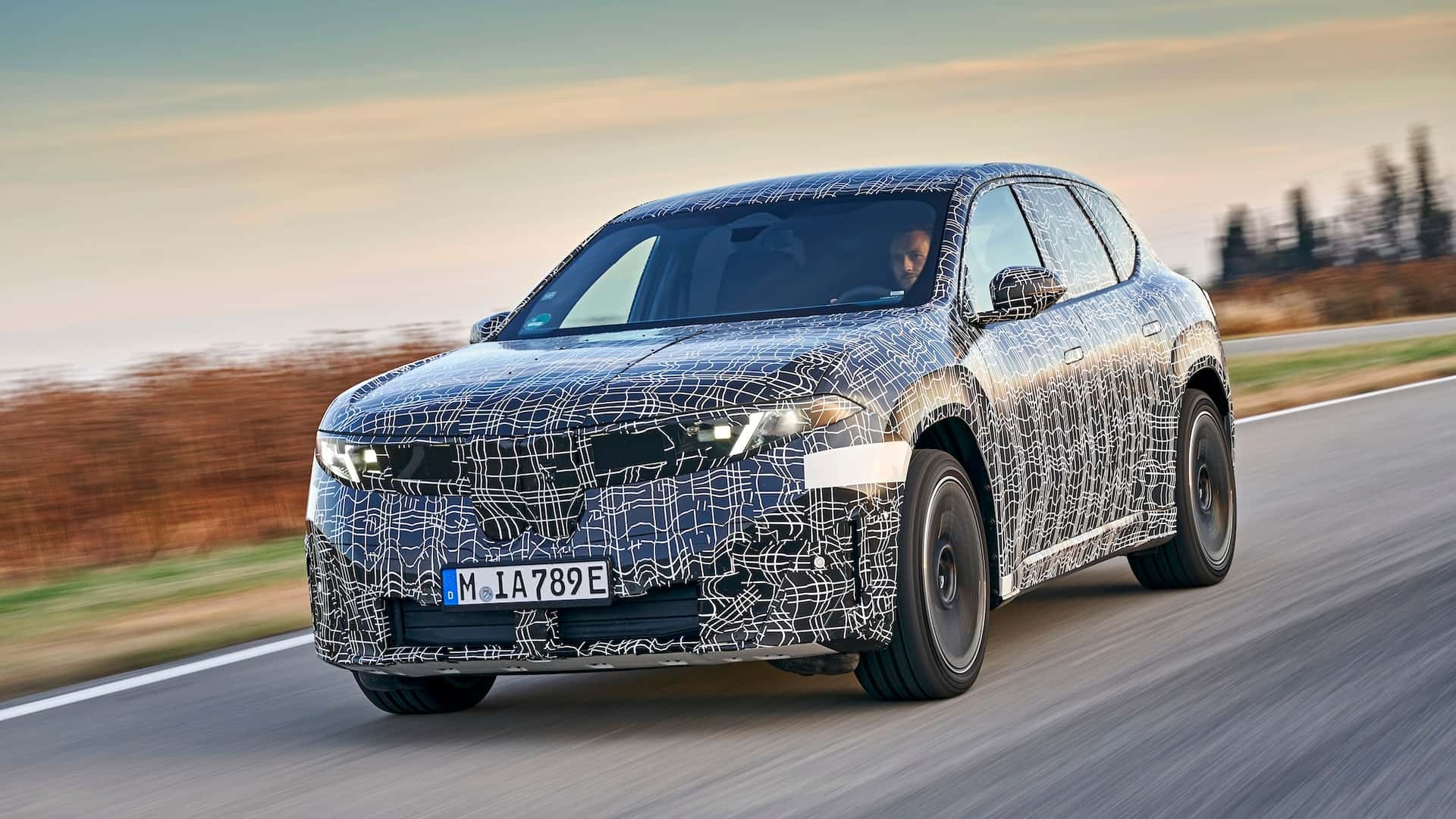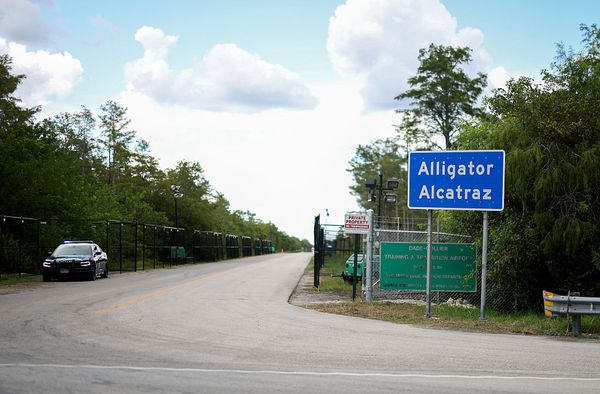
- The upcoming BMW iX3 electric crossover is massively more efficient than its predecessor.
- Despite weighing more than the outgoing model, the new EV promises huge efficiency gains.
- The figures quoted by BMW’s CEO should make the 2026 iX3 slightly more efficient than the Tesla Model Y.
An electric car’s energy efficiency is a big deal. The higher it is, the longer you’ll go on a full charge. (Conversely, the lower energy consumption, the better.)
Traditionally, the Tesla Model Y has been an efficiency champion, cutting through the air like a sharp knife and sipping energy from its high-voltage battery to make long-distance travel as stress-free as possible.

But the Model Y is in trouble because BMW is breathing down its neck with the 2026 iX3. According to BMW’s CEO, Oliver Zipse, the first of the Neue Klasse-based EVs will have an impressive energy consumption figure of 15 kilowatt-hours per 62 miles (100 kilometers), as spotted by BMW Blog. That’s the equivalent of 4.14 miles/kWh and 24.1 kWh/100 miles. Not bad at all for a dual-motor crossover with a 100+ kWh battery and an unconfirmed curb weight of around 5,000 pounds (2,285 kilograms), roughly 220 lbs (100 kg) heavier than the outgoing model.
By comparison, the previous-generation iX3, which was only available with rear-wheel drive and a 74 kWh battery, had an official energy consumption figure of 18.9 kWh/100 km or 3.2 miles/kWh or 30.4 kWh/100 miles.
To get these rather impressive results, BMW started from a clean slate, using some of the most advanced technologies available today. The cylindrical cells used in Neue Klasse EVs were developed by BMW and offer 20% more energy density compared to the previous generation. The Gen6 electric drive units have silicon carbide components, which are more expensive but also more efficient than the outgoing models.
It’s worth noting that we don’t know what test cycle was used to produce the new iX3’s energy consumption figure. Most likely, it’s the WLTP we’re talking about here, which is usually more lenient than the United States’ EPA. Thankfully, we have the WLTP figures for the Tesla Model Y, too.
In Europe, the refreshed Model Y with all-wheel drive and the long-range battery has a consumption rating of 15.3 kWh/100 km or 4.06 miles/kWh or 24.6 kWh/100 miles. It’s a small difference compared to the iX3, but a difference nonetheless.
Gallery: 2026 BMW iX3 Prototype Drive







When it comes to the driving range, though, BMW’s new EV promises no fewer than 497 miles (800 km) on a full charge on the WLTP cycle and a maximum charging power of 400 kilowatts, while the longest-range Tesla Model Y can deliver up to 386 miles (622 km). The EPA ratings are a little different, with the Model Y Long Range All-Wheel Drive getting a 311-mile rating.
This is good news for BMW, but don’t expect Tesla Model Y customers to cross-shop the new iX3. The two EVs might be similar in size, but pricing-wise, BMW’s new crossover is expected to be roughly double the price of an equivalent Model Y.







